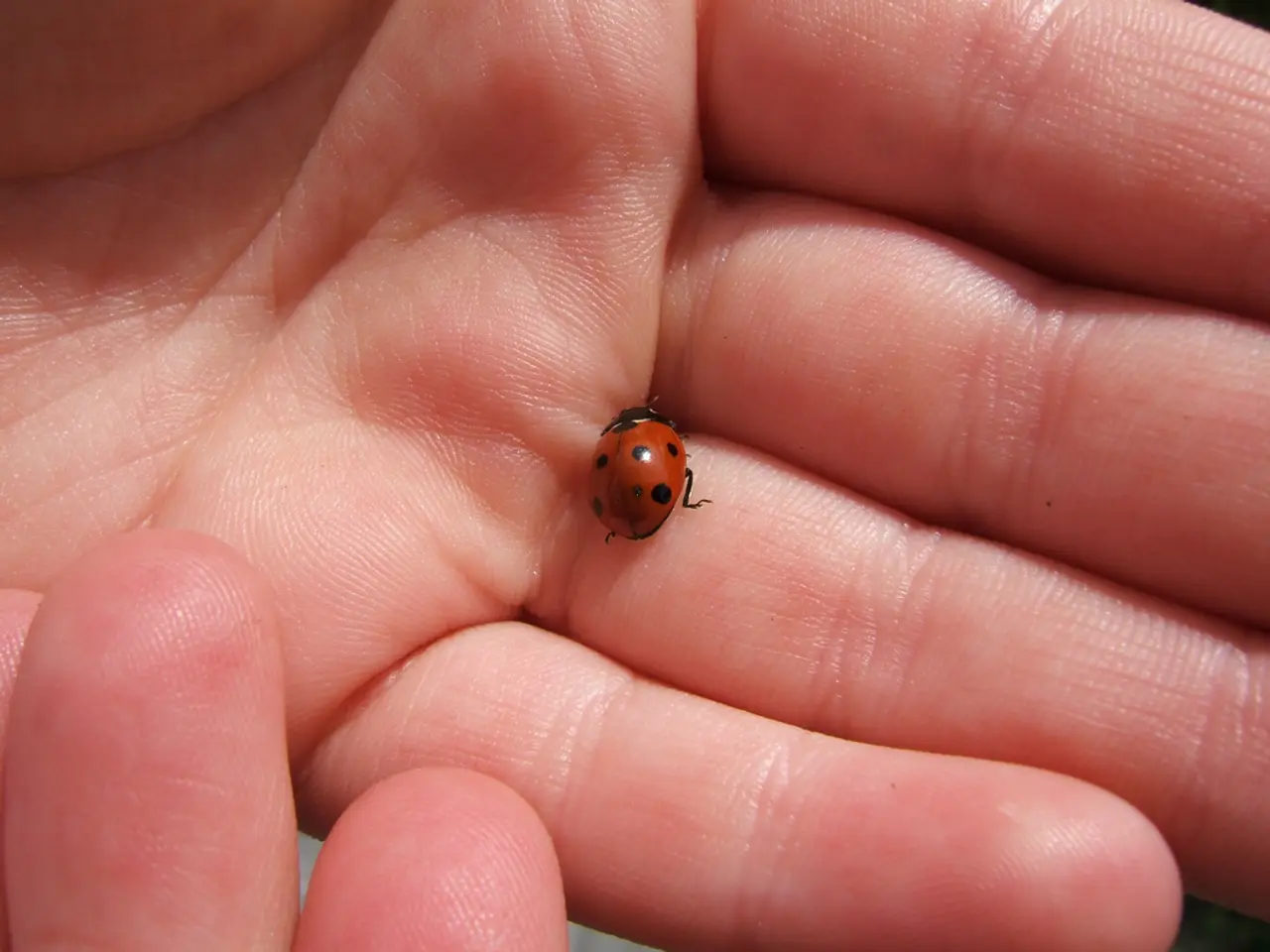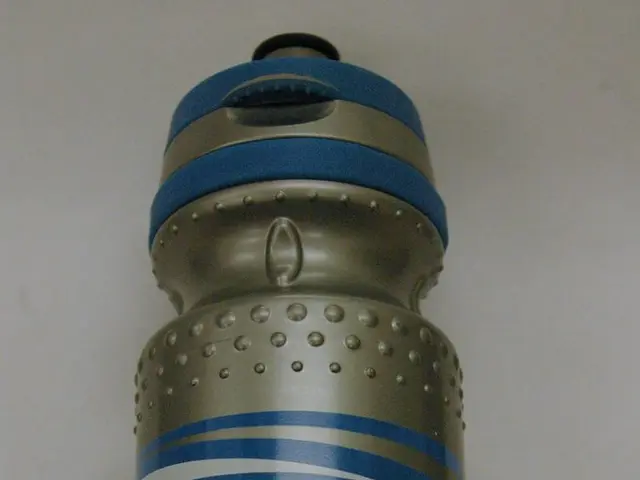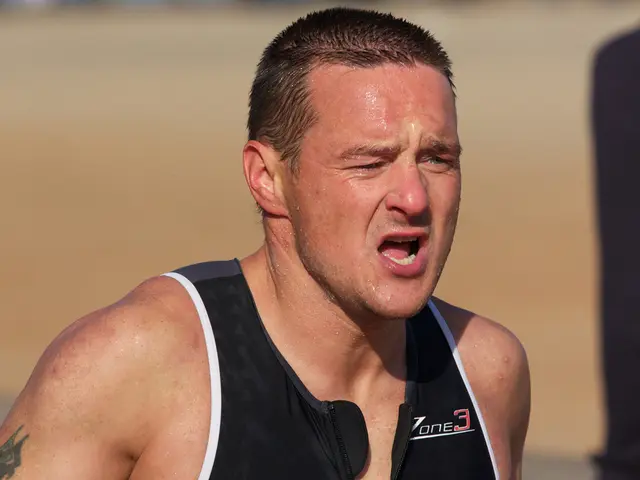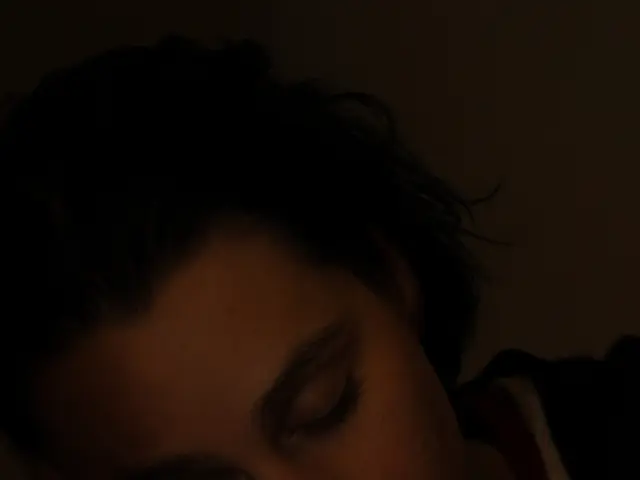Deformity of the little finger joint: Explanation, identification, and remedy
In the world of hand conditions, two common ailments that can affect the flexibility and functionality of the fingers are Swan Neck and Boutonniere deformities.
Swan Neck deformity, characterised by the hyperextension of the proximal interphalangeal (PIP) joint and flexion of the distal interphalangeal (DIP) joint, is distinct from its counterpart, Boutonniere deformity, which involves PIP flexion and DIP hyperextension.
Primary causes of Swan Neck deformity include rheumatoid arthritis, trauma or injury, muscle imbalance and tendon damage, and joint laxity. Rheumatoid arthritis, an inflammatory condition, leads to joint inflammation and damage, disrupting normal finger mechanics. Trauma or injury, such as untreated mallet finger injuries, can disturb tendon balance and lead to Swan Neck deformity.
Symptoms of Swan Neck deformity include visible hyperextension at the PIP joint, concurrent flexion at the DIP joint, producing the characteristic "swan neck" appearance, and possible finger stiffness, pain, or dysfunction depending on severity and underlying cause.
Treatment for Swan Neck deformity can be either nonsurgical or surgical, depending on the severity of the condition. Non-surgical methods include splinting to control joint position, physical therapy to strengthen muscles and maintain joint mobility, and addressing underlying causes such as controlling rheumatoid arthritis activity. In more severe or refractory cases, surgical correction may be necessary to repair or reconstruct tendons and ligaments, restoring joint alignment and function.
Boutonniere deformity, on the other hand, is primarily caused by damage to the tendon that runs along the back of the finger or thumb joint. The injury usually occurs at the middle phalanx extensor tendon, causing the joint bone to push out through the tendon. When the tendon is severed or other treatments do not work, a doctor may recommend surgery.
Splints are a common form of nonsurgical treatment for boutonniere deformity. The length of time a splint will be necessary depends on the severity of the injury and the person's age, with younger individuals typically requiring the splint for up to 6 weeks and older adults for around 3 weeks. A doctor or hand specialist will check on a person's progress several times while they are using a splint.
Exercises may be recommended by a doctor when a person is no longer using a splint and the fingers are in the final stages of healing to stretch the fingers and increase strength and flexibility in the tendon. It is best to avoid engaging in contact sports, playing an instrument, or doing any other activities that can cause further damage to the finger while using a splint.
It's important to note that boutonniere deformities can be confused with swan neck deformities, which affect the base joint. Diagnosis of boutonniere deformity involves a physical examination by a doctor, assessment of medical history, and possibly medical imaging.
Prompt treatment is crucial for both conditions to prevent the irregularity from worsening. Early treatment can usually correct a boutonniere deformity without leaving permanent damage, making it easier to use the affected finger or thumb for tasks such as typing or gripping objects.
[1] Hand Surgery, Volume 34, Issue 1, 1 January 2011, Pages 1-8, ISSN 0883-6523,
- In addition to Swan Neck and Boutonniere deformities, other musculoskeletal disorders like psoriatic arthritis and rheumatoid arthritis can impact the flexibility and functionality of the fingers, falling under the broader category of health-and-wellness medical-conditions.
- Science has shown that rheumatoid arthritis, an inflammatory condition, can cause joint inflammation and damage, potentially leading to Swan Neck deformity, thus highlighting its role in the development of some musculoskeletal disorders.
- Therapies and treatments for these conditions often involve splinting, physical therapy, and addressing underlying causes, ensuring proper joint alignment and function, as demonstrated in the management of Swan Neck deformity.
- For someone experiencing a boutonniere deformity, a special focus on exercises to stretch the fingers and increase tendon strength and flexibility might be recommended by a doctor once the splinting phase is complete.
- Early diagnosis and prompt treatment, as outlined in studies such as those published in Hand Surgery, Journal of Orthopaedic Science, Journal of Hand Surgery (European Volume), and Journal of Hand Surgery (American Volume), are crucial for both Swan Neck and Boutonniere deformities to prevent the irregularity from worsening and to ensure easier use of the affected fingers or thumb for daily tasks.




